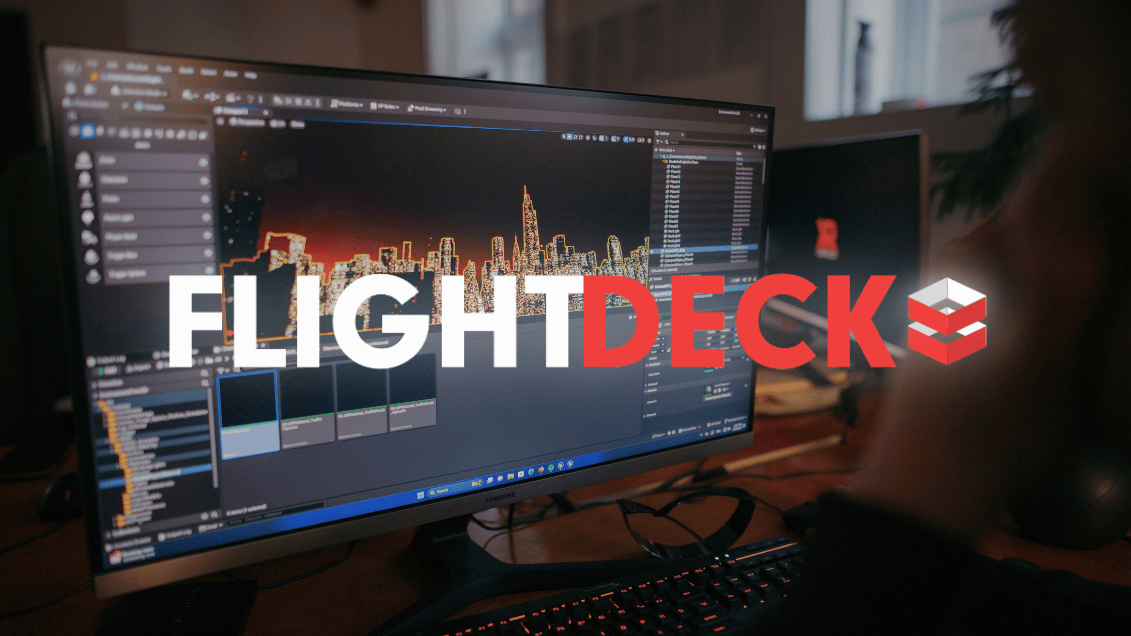
LED walls for virtual production are very reliable, but sometimes diodes stop working. It happens for a variety of reasons — someone bumping into the wall, unforeseen circumstances, or simply length of time. When a diode stops working, you have a couple of options:
Move the module
A little dead diode won't be a problem if you move its module to the edge of your volume or the ceiling. That way, your camera won't see the dead diode. This the the quickest and easiest option, but won't work in certain contexts.
Repair the module
Sometimes moving your module to a different position isn't possible, so replacing the diode is the best option. Here's how we do it:
- Remove the module from your cabinet, if possible. Repairing the module on the cabinet is possible, but requires extra care.
- Plug the module into a power supply to assess the damage. You’ll be able to easily see which diodes aren’t working.
- Solder out the broken diodes so that the contacts are clean & free. Soldering with the module powered on is safe, and helps you make sure you aren't damaging other diodes in the process.
- Use a heat gun to heat up the contacts so that the new diodes stick. If the contacts are also damaged, replace them.
- Place the new diodes on the contacts.
- Use a heat gun to heat the surface of the diodes to make sure it attaches itself. You may see some blue discolouration on the surrounding diodes from the hot air — this is normal and nothing to worry about.
- If the diodes don't work right away, power cycle the module. If it still doesn't work, apply more heat.
- Once the diodes are on and running, test the RGB to make sure everything is working as they should.
LED repairs aren't as hard as you may think, but the process is only as easy as the type of LEDs you choose, since some are more difficult to repair. Some LED manufacturers don’t offer warranties and repairs, so keep that in mind when choosing your LEDs.
Need help choosing the right LEDs for your organization? Let's chat: consulting@copilotco.io





.jpg)
